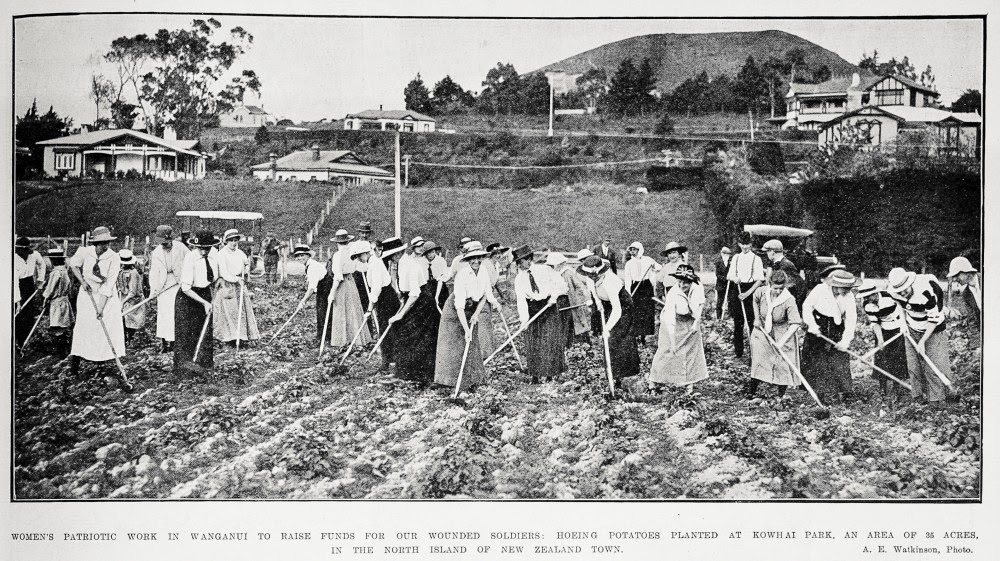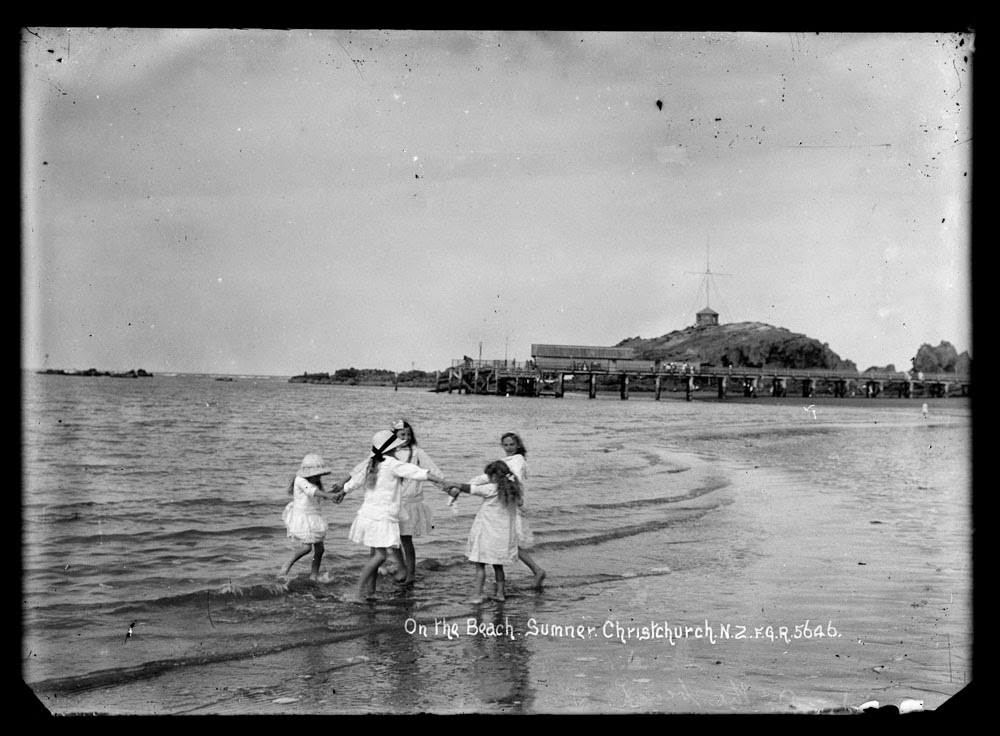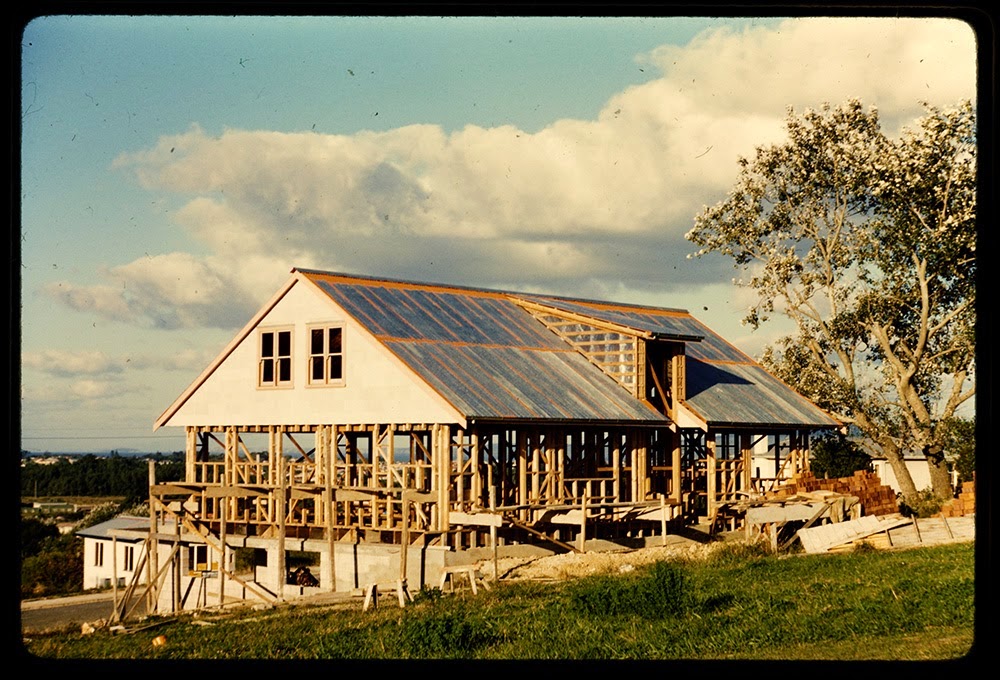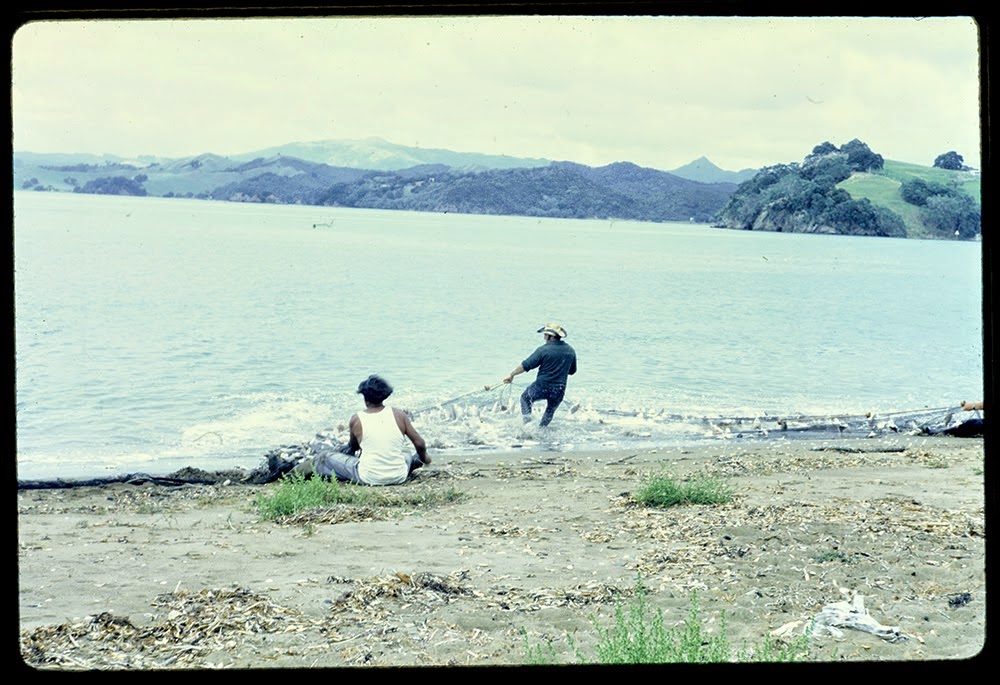.jpg) |
| Ref: James D Richardson, Steamship Maheno used as First World War hospital ship, no date, no location, Sir George Grey Special Collections, Auckland Libraries, 4-1624 |
This post is dedicated to some of these nurses who trained in Auckland between 1912 and 1916, with the exception of Ethelwyn Carruth who trained in Thames in 1914.
 |
| Ref: Auckland Weekly News, on board the Maheno where wounded soldiers receive expert attention, no location, 1915, Sir George Grey Special Collections, Auckland Libraries, AWNS-19150715-46-4 |
Mabel Maida Illingworth (Coates) was born in Australia in 1882 but went on to serve as a Staff Nurse with the New Zealand Army Nursing Service. Mabel was sent to Egypt where she worked in the nursing service as a masseuse. Mabel was awarded the British War Medal (1914-1920). She was discharged on 24 October 1917 having become dangerously ill and was invalided home.
We can follow Mabel's recovery in Kai Tiaki (the journal of the nurses of NZ): 'Staff-Nurse M.M. Coates, 22/355, has been at the convalescent home at Sandwich, but has now been discharged to duty' (July 1917, p76). Following the war, Mabel and her husband began a family (see newspaper clipping below). She was buried at All Saints Anglican Church Cemetery, Howick, aged 68 years old.
 |
| Ref: Births section in Kai Tiaki, Volume XII, Issue 3, July 1919, p145, from Papers Past |
Before Maud left, she attended an afternoon tea function held in January 1916 in the Parliamentary dining-room in Wellington. Here the Hon. Minister of Public Health entertained both the nursing staff of the hospital ship Maheno, and the nurses leaving as passengers. The Prime Minister and Mrs Massey were present at the function along with other dignitaries. The Prime Minister made a farewell speech in which he mentioned the highly impressive behaviour of the nurses on board the torpedoed Marquette.
 |
| Ref: Auckland Weekly News, NZ nurses before beginning their duties abroad the hospital ship Maheno, no location, 1915, Sir George Grey Special Collections, Auckland Libraries, AWNS-19150715-47-3 |
Whilst in France, Maud was moved to St Omer, then to Amiens and later on to Abberille, where she served on the front line. She was awarded the British War Medal (1914-1920), the Victory Medal and was made Associate of the Royal Red Cross (ARRC). You can visit The Armoury at the Auckland War Memorial Museum to view Maud Montgomery’s medals and nursing badges.
 |
| Ref: Auckland Weekly News, arrival of sick and wounded heroes by the hospital ship Maheno, Queen's Wharf, Auckland, 1916, Sir George Grey Special Collections, Auckland Libraries, AWNS-19160106-43-1 |
 |
| Ref: Auckland Weekly News, steamer Marama, NZ’s second hospital ship, no location, 1915, Sir George Grey Special Collections, Auckland Libraries, AWNS-19151209-35-1 |
 |
| Ref: Photographer unknown, Sister Ethelwyn Carruth during a lifeboat drill aboard NZHS Marama, location and date unknown, reproduced with kind permission of Sherayl Kendall |
Keen to find out more? Here are the sources used for this post:
- Kendall, Sherayl and Corbett, David, (1990). 'New Zealand Military Nursing: A history of the R.N.Z.N.C. Boer War to present day'
- Papers Past website, (1908-1929). 'Kai Tiaki: The Journal of the Nurses of New Zealand'
- New Zealand History Online website, (17 October 2013). 'Ten nurses lost in Marquette sinking'
- New Zealand History Online website. (23 December 2013). 'The New Zealand nurses and medical officers'
- New Zealand Military Nursing website.
Author: Sharon Smith, South Auckland Research Centre




+(1).jpg)









.jpg)





.jpg)






















.jpg)


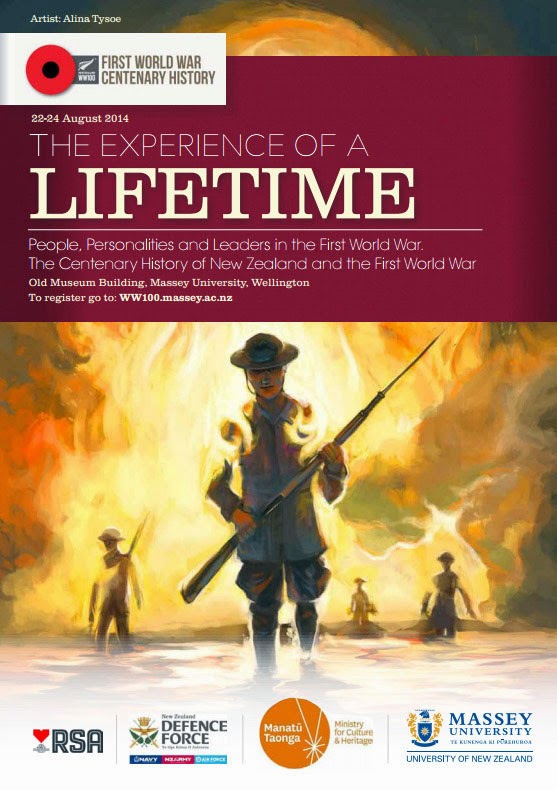














.jpg)

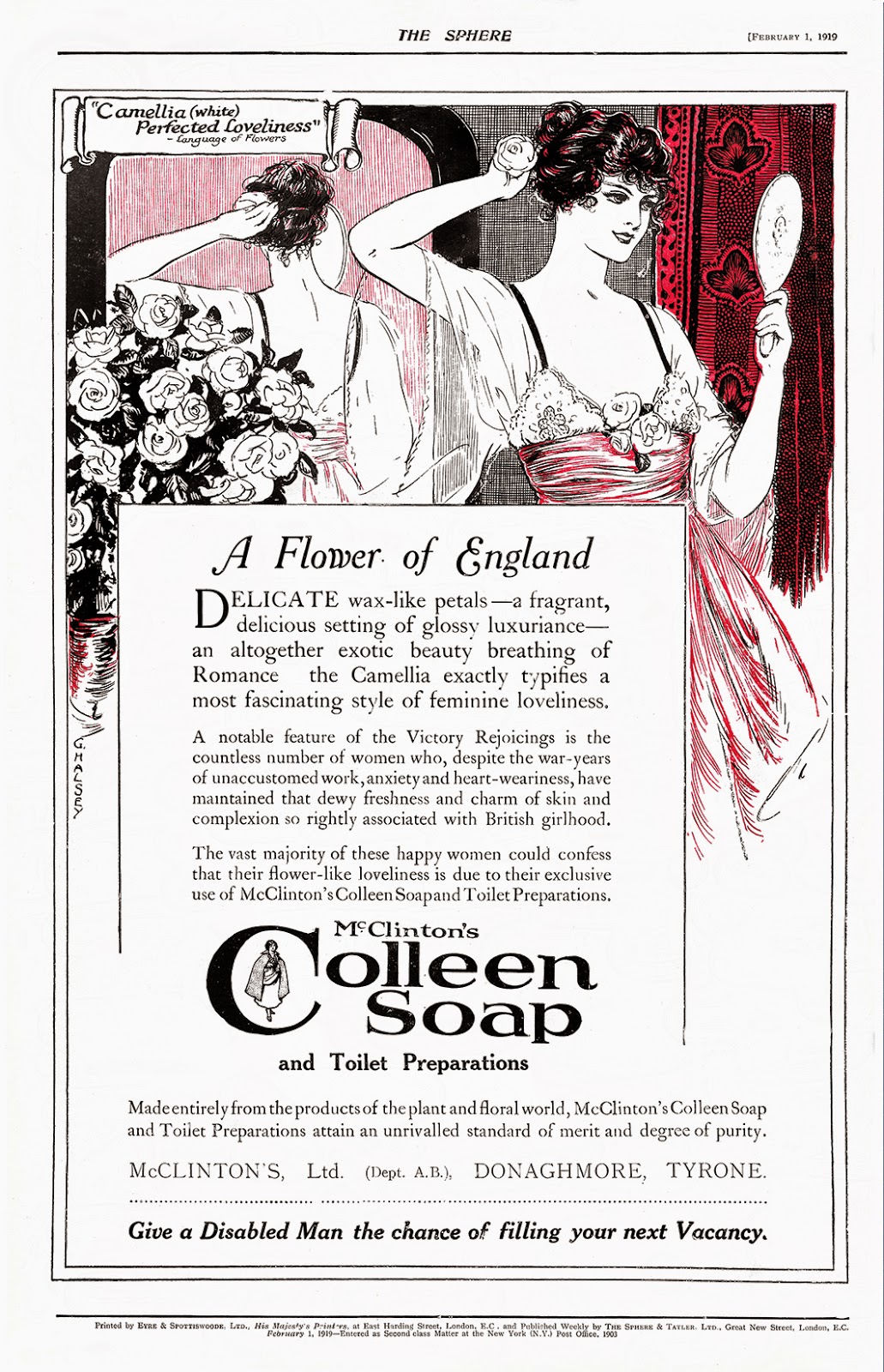Web.jpg)




